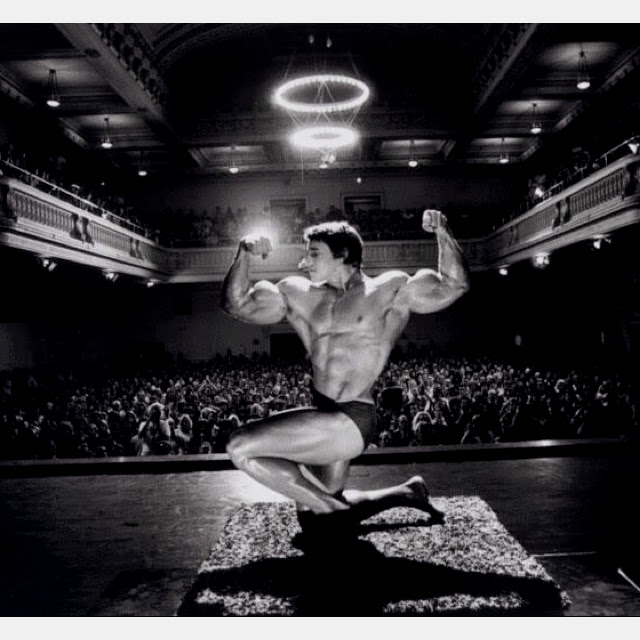Synthol is no longer a novelty. Some bodybuilders have been injecting themselves for years with a mixture of 85 percent MCT oil, 7.5 percent lidocaine and 7.5 percent alcohol, targeting muscle groups they feel are not growing fast enough. Surgeons are now starting to notice the long-term effects of the Synthol rage: and they are not mild.
Synthol was concocted in the 1990s by the bodybuilding guru Chris Clarke. It's a 'site enhancement oil', consisting of fatty acids that accumulate in the muscle tissue where you inject the oil. As a result muscles grow at a fantastic rate. Bodybuilders like Greg Valentino developed an unnatural physique by using the substance and became world famous. Peter Hiesinger followed his example and became ill.
Doctors have already written about the dangers of bodybuilders injecting themselves with oil, but more recently case studies have started to appear that describe the long-term effects on bodybuilders who injected themselves with Clarke's brainchild years ago. Injected fat, the study has shown, causes inflammations that decimate muscles over time.
This happened for example to the 29-year-old bodybuilder that the surgeon Suleiman Ghandourah of University Hospital Marburg. Four years ago he started injecting Synthol into his biceps, but recently these muscles started to play up. They hurt so much that the man had to stop training, and in the end he was constantly in extreme pain. The man's biceps [below left] not only looked strange, they felt strange too. It looked as though they had developed holes in them. When the doctors made an MRI scan of the man's right biceps which was in worse condition - they saw that the muscle was now made up of separate parts. There was oil between the muscle fibres [below left] and the remaining muscle tissue was inflamed.
The doctors decided to amputate the most seriously damaged part of the biceps, a piece measuring 11 x 5 x 5 cm. This helped. Six months later the bodybuilder asked the doctors to perform the same treatment on his other biceps.
The doctors operated on the man's arms. They discovered to their amazement that the man had almost no muscle tissue left in his arms. His arms were filled with pus and fat. The surgeons removed these, but when they did an MRI scan a year later they saw that hardly any muscle tissue had been restored. Three years after the operation the man was still suffering from pain and could no longer train at all.


